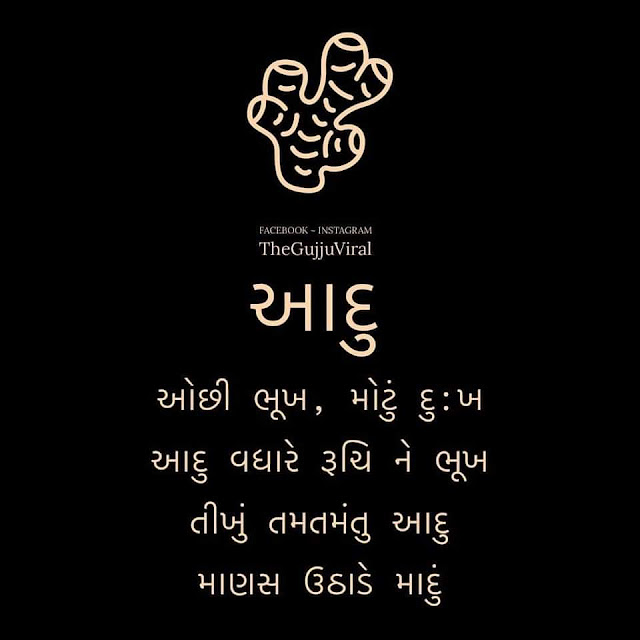Read all information about Significance of Ayurveda
- According to Ayurveda, the human body is made up of four basic elements – dosha, metal, feces and fire. These four basic elements of the body are very important in Ayurveda. It is also called the basic principle or basic basis of Ayurvedic treatment..









અહીંથી ડાઊનલોડ કરો ઔષધીય વનસ્પતિઓ ની PDF ફાઇલ












Products We Got For You
Are you an athlete looking for pocket-friendly protein supplements or Gym workout supplements App or trusted online supplement store? Whatever your fitness and health goals are, You can find the following supplements at HealthKart fitness app:
Mass Gainer
Weight Gainer
Proteins
Multivitamins
Weight Loss Supplements
Herbals
Apple Cider Vinegar
Fitness Checker
Gym Equipment
Supplements for Bodybuilding
Free Online Consultations


Find the Product you like on HealthKart App
With HealthKart App you can refine your search as per price, gender and concern, secure checkout, refer your friend, informational blogs and videos about fitness and avail discounts using HealthKart coupons and Membership.



What is Ayurveda?
Get audio feedback – Get audio feedback (duration, distance, calories, pace, etc) from the voice coach to take control of your training and improve your performance.


GPSSB ક્લાર્ક સમાચાર અહીંથી વાંચો
Ayurveda has been a method of treatment since ancient times, which was born in India. The word Ayurveda has two words Ayu and Veda. In which age means – life and Veda means – science. Thus, Ayurveda is the science of living life.
The main goal of Ayurveda is to keep the healed person healthy, then to remove the disease of the sick man is another important goal. For this, Ayurveda has given guidance on various medicines, methods of treatment and diet.
The origins of Ayurveda lie in the ancient Vedas – Rigveda, Samaveda, Yajurveda and Atharvaveda. Ayurveda is connected not only with physical but also with mental and spiritual matters
Ayurveda – Basic Concepts Ayurveda is an ancient medical system of the Indian subcontinent. In India it is believed to have started 5000 years ago. The word Ayurveda is a combination of two Sanskrit words Ayus and Veda. Ayus means life and Veda means science. Thus the word Ayurveda means the science of life. The medical system focuses on the treatment of diseases, while Ayurveda is a system focused on healthy living. The basic idea of Ayurveda is that it personalizes the treatment process.
4% DA નો વધારો જોવા અહીં ક્લિક કરો

The three important principles of guilt are talk, bile and phlegm. Together, these three regulate and control the body’s actions, including metabolism. The main function of these three defects is to carry the byproduct of the digested food to every part of the body, which helps in building the muscles of the body.
Fault::
Feces::
following tests:
General physical examination
Pulse test
Urine test
Vista (stool) test
Tongue and eye examination
Testing of skin and ears (touch and hearing




I very delighted to find this internet site on bing, just what I was searching for as well saved to fav